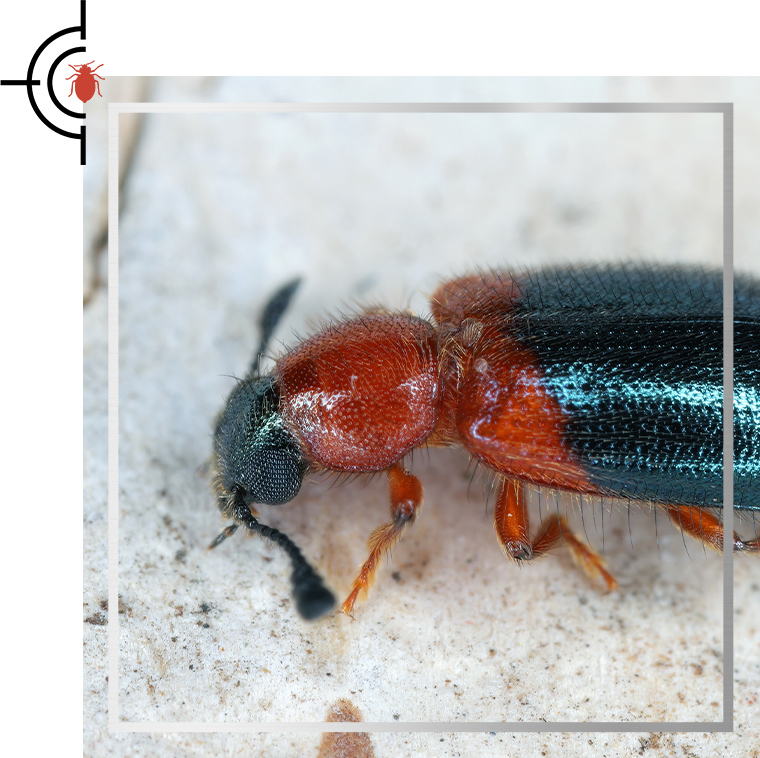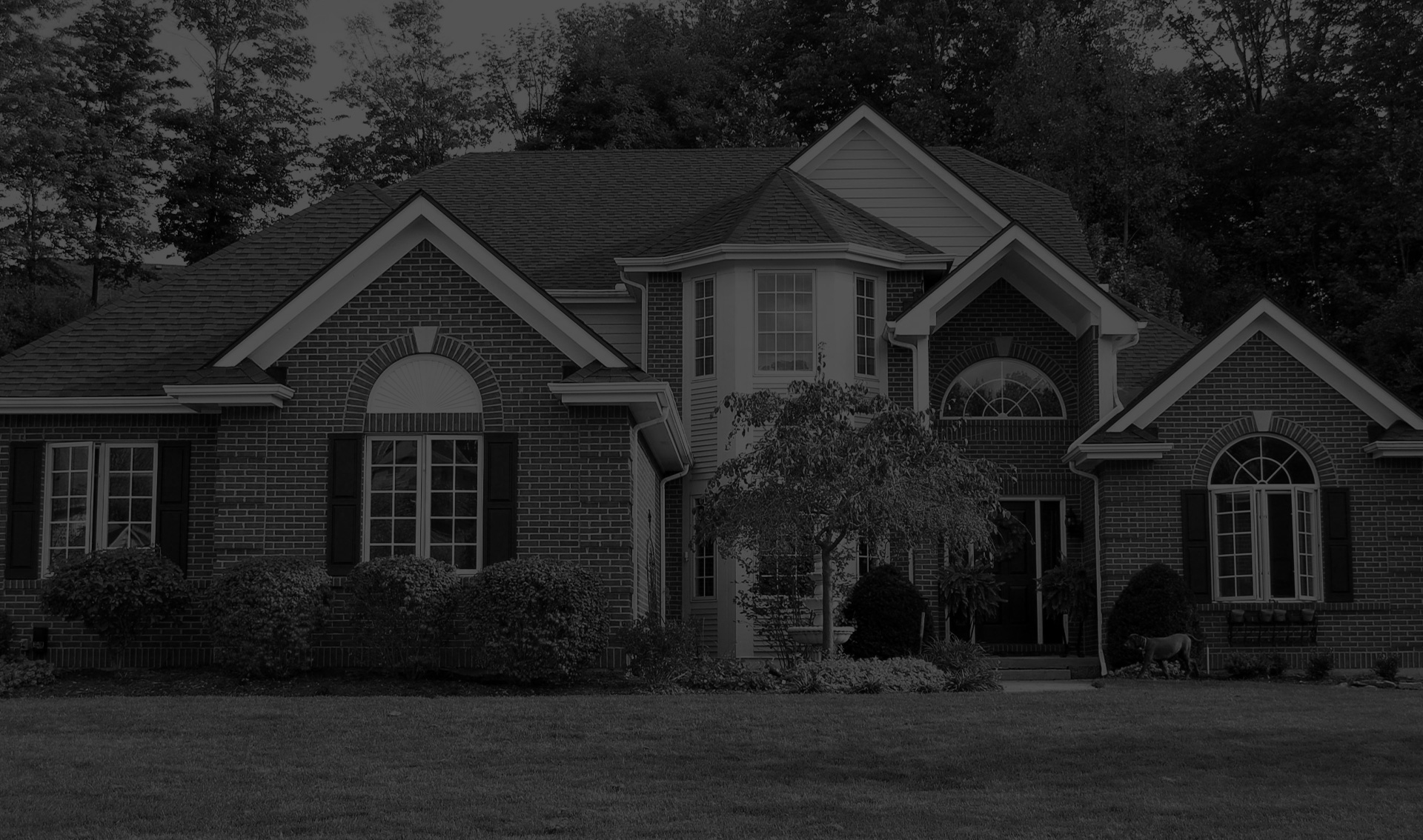
Powder Post Beetle Facts
LEARN MORE ABOUT WOOD BEETLES
Powder Post Beetles belong to a group generally classified as “wood boring beetles.” Accurate identification of the exact species can be very difficult but necessary to properly diagnose a treatment plan. These insects are very small (1.8 to ¾ inch in size) and produce “exit holes” in dry, seasoned wood with a powdery substance called “frass” sifting from the holes, particularly in much older homes. The adult beetle will deposit her eggs into the wood and over a period of time (depending on the exact species, age and condition of the wood and other environment conditions) the egg will develop inside the protection of the lumber and tunnel up right to the edge of the wood and exit as a fully mature adult.
People are most likely to see the damage from the beetles without seeing the beetles themselves since they are active in dark, concealed environments. These beetles can be generational in a structure and can cause considerable damage over time if left untreated. Determining if an infestation is active can be difficult to determine. Generally speaking, if the “frass” is close in color to what the inside of the wood would look like is freshly cut treatment would be recommended. Older “frass” will be yellowish in color or dry and cracking in the exit holes or cracks in the wood.
There are several treatment options available but a treatment plan should begin with a thorough inspection by a licensed professional.

